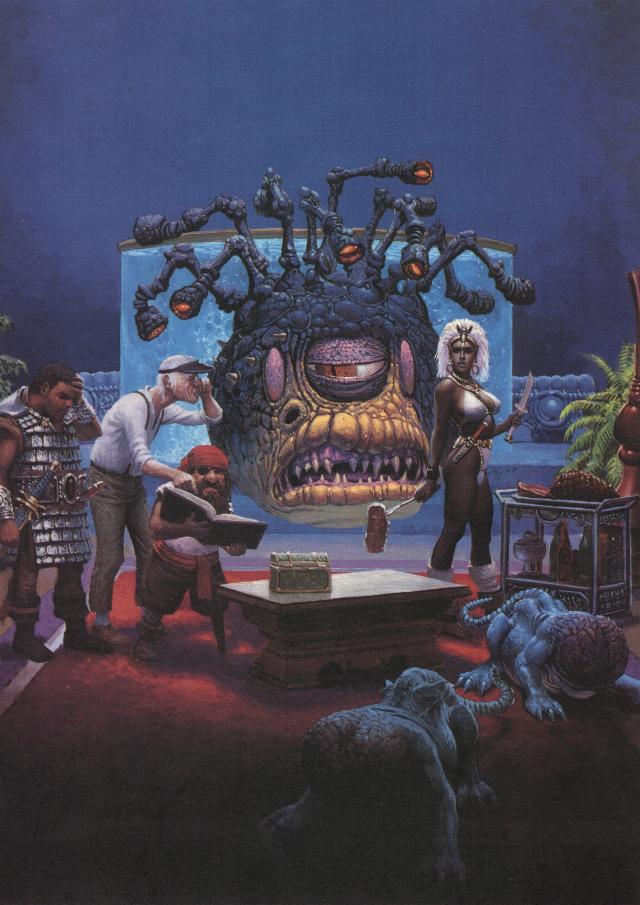Dragonbait
Explorer
why is D&D a non-Wahoo? It's got some really wacky crap. I mean, Eberron uses all of D&D's stuff with like 3 additonal critters. In fact, I thought they toned it down by getting rid of subraces and ideas that non-humans that grow up around trees or in a valley would by physically and psychologically different than those that grow up around water or where it's a little chilly? Or the idea that the "good" races are few and rather unvaried in appearance, and often can't get along while the "evil" races have a HUGE variety of appearances and races and seem to work together much more often. So to be good one must been rather xenophobic? Compared to a lot of traditional fantasy, D&D is really out there.
but I digress..
I suppose with Hobo's definitions I'd say Wahoo and yet non-Wahoo. I like varied races beyond humans with different sizes and pointy ears (but I like those too). But I like when each race has their own cultures and there is more of a difference than outward appearance (non-Wahoo?) and I prefer a limit to the major races rather than thousands of different races.
but I digress..
I suppose with Hobo's definitions I'd say Wahoo and yet non-Wahoo. I like varied races beyond humans with different sizes and pointy ears (but I like those too). But I like when each race has their own cultures and there is more of a difference than outward appearance (non-Wahoo?) and I prefer a limit to the major races rather than thousands of different races.




